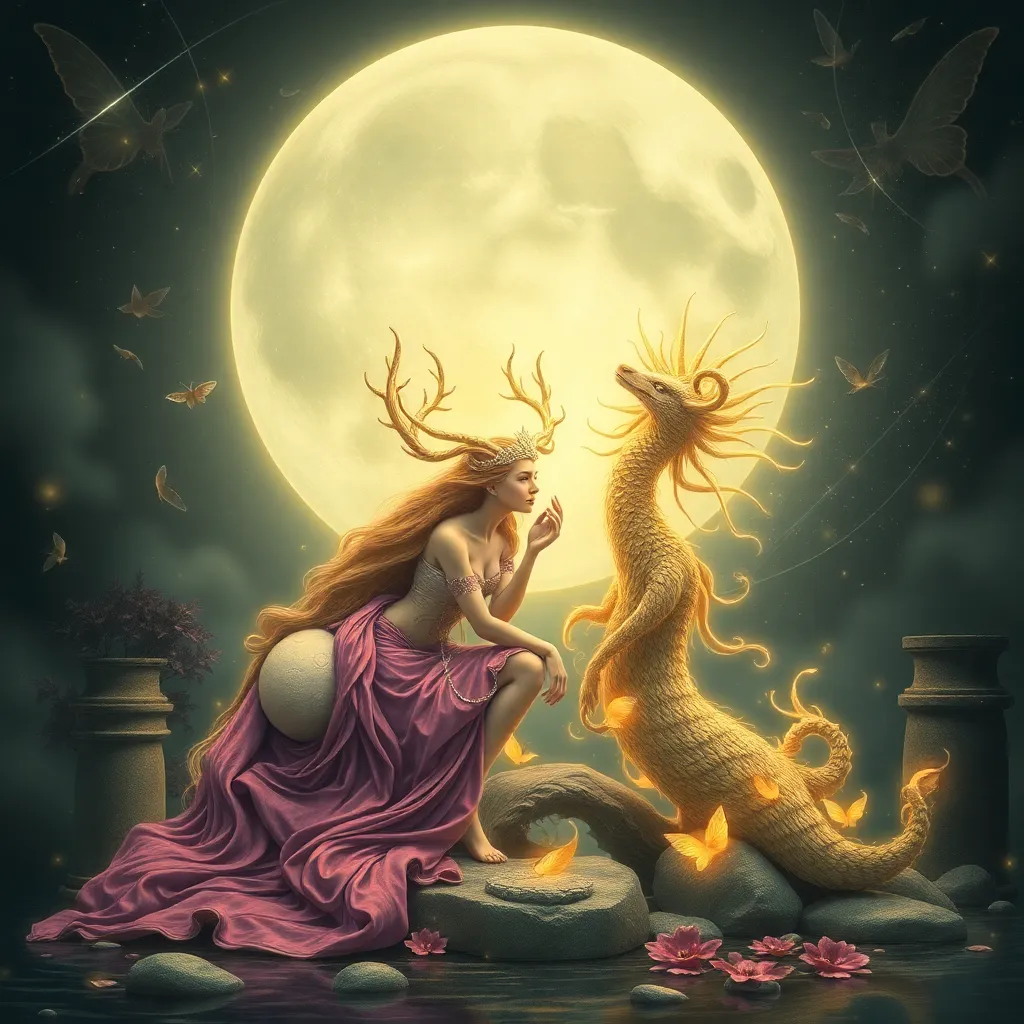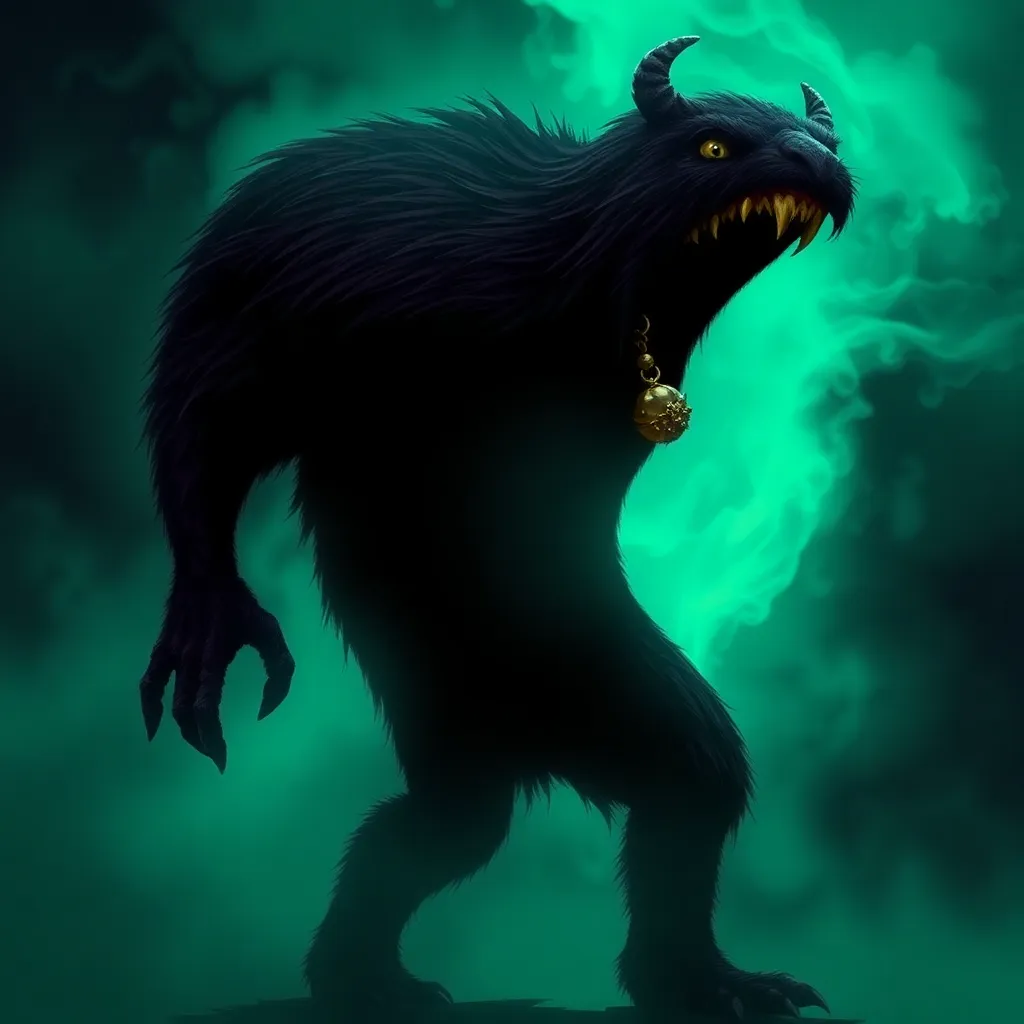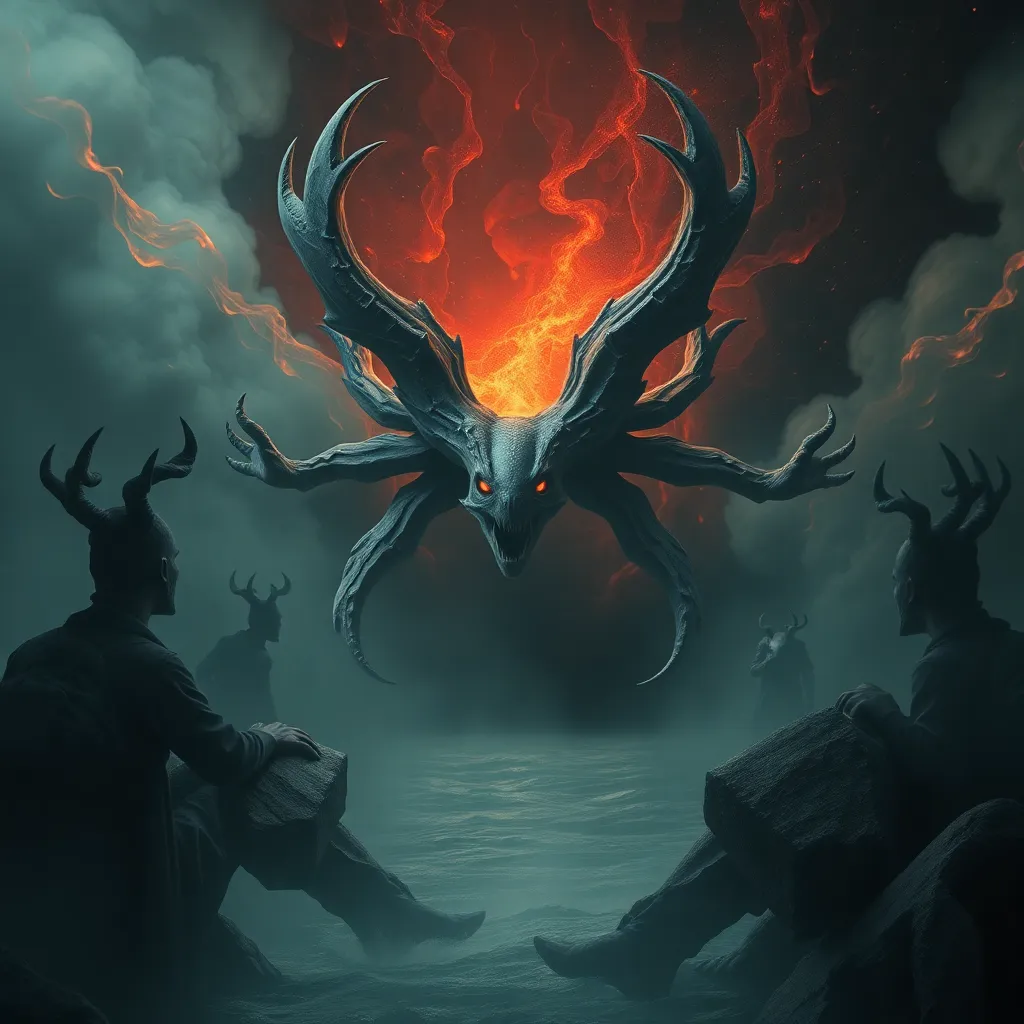The Phoenix in Chinese Mythology: The Vermilion Bird and the Five Elements
I. Introduction
The Phoenix is a mythical creature that has captivated the imagination of cultures around the world. It often symbolizes rebirth, renewal, and immortality, appearing in various forms in different traditions. In Chinese mythology, the Vermilion Bird, or Zhuque, stands out as a prominent representation of these themes, particularly connected to the element of fire.
This article aims to explore the significance of the Vermilion Bird within the rich tapestry of Chinese mythology, delving into its symbolism and its connections to the Five Elements, a fundamental concept in Chinese philosophy.
II. The Vermilion Bird: An Overview
The Vermilion Bird is depicted as a stunning bird with vibrant red and gold plumage, embodying the essence of fire. It is often illustrated with a long tail and an elegant, graceful form, representing beauty and vitality.
Historically, the Vermilion Bird has its roots in ancient Chinese cosmology, where it is associated with the South. It forms one of the Four Symbols, alongside the Azure Dragon of the East, the White Tiger of the West, and the Black Tortoise of the North. Each of these creatures corresponds to a cardinal direction, contributing to the balance of the universe.
In Chinese cosmology, the Vermilion Bird symbolizes the summer season and is linked to the concept of warmth and light, making it a crucial figure in understanding the natural world.
III. The Symbolism of the Vermilion Bird
The Vermilion Bird is rich in symbolism, particularly related to fire, which represents transformative powers. Fire is not only a destructive force but also a source of warmth and light, essential for life. The bird’s association with fire underscores its role as a catalyst for change and transformation.
Moreover, the Vermilion Bird embodies themes of rebirth and renewal. Much like the mythical Phoenix, which rises from its ashes, the Vermilion Bird signifies the cyclical nature of life, death, and rebirth. This cycle is a vital aspect of Chinese philosophy, emphasizing the importance of change and growth.
Additionally, the Vermilion Bird is considered a symbol of prosperity and good fortune. Its vibrant colors and majestic presence are believed to attract positive energy and blessings, making it a popular motif in art and decor.
IV. The Five Elements in Chinese Philosophy
In Chinese philosophy, the Five Elements—Wood, Fire, Earth, Metal, and Water—represent different aspects of the natural world and their interrelationships. Each element has its unique characteristics, and they interact in a cyclical manner:
- Wood: Represents growth and vitality.
- Fire: Embodies energy and transformation.
- Earth: Signifies stability and nourishment.
- Metal: Reflects strength and resilience.
- Water: Symbolizes adaptability and flow.
The cyclical nature of these elements illustrates how they support and control one another. For example, wood fuels fire, fire creates ash that nourishes the earth, and so on. This interdependence highlights the importance of balance among the elements in Chinese culture, promoting harmony in life and nature.
V. The Interconnection Between the Vermilion Bird and the Five Elements
The Vermilion Bird is intrinsically linked to the element of fire. As the embodiment of fire’s qualities, it represents passion, energy, and transformation. This connection is essential in understanding its role within the framework of the Five Elements.
Moreover, the Vermilion Bird exemplifies the principles of the Five Elements through its characteristics:
- Its fiery nature emphasizes the importance of energy and enthusiasm.
- As a symbol of rebirth, it reflects the cyclical transitions between life stages.
- In its pursuit of prosperity, it embodies the harmonious balance needed among all elements.
The symbolic interpretations of the Vermilion Bird serve as a reminder of the need for balance in one’s life. Embracing the qualities of fire, such as passion and transformation, while remaining aware of the other elements can lead to personal growth and fulfillment.
VI. The Vermilion Bird in Art and Literature
The Vermilion Bird has been a prominent figure in traditional Chinese art, literature, and folklore. Its striking imagery has inspired countless artists, poets, and storytellers throughout history. In paintings, the bird is often depicted in dynamic poses, soaring through fiery skies or amidst lush landscapes, symbolizing freedom and vitality.
Modern interpretations of the Vermilion Bird continue to thrive in contemporary culture, appearing in various forms such as fashion, graphic design, and film. These adaptations keep the myth alive, allowing new generations to connect with its symbolism.
Furthermore, the influence of the Vermilion Bird extends beyond Chinese culture, impacting other cultural depictions of mythical birds. Similar themes of rebirth and transformation can be found in the legends of the Phoenix in Western mythology and other global traditions.
VII. The Vermilion Bird’s Role in Feng Shui and Astrology
In Feng Shui practices, the Vermilion Bird holds significant importance. It is often associated with the South direction and is believed to enhance prosperity, fame, and recognition. Placing symbols of the Vermilion Bird in specific areas of a home or workspace can attract positive energy and opportunities.
In Chinese astrology, the Vermilion Bird is linked to the Fire element and the sign of the Horse. People born under this sign are believed to possess the bird’s qualities, such as charisma, enthusiasm, and a strong desire for independence.
Various rituals and practices are associated with invoking the Vermilion Bird’s energy. These may include meditation, visualization, and the use of talismans or amulets featuring the bird’s image, all aimed at harnessing its transformative powers for personal growth and success.
VIII. Conclusion
In conclusion, the Vermilion Bird occupies a vital space in Chinese mythology, representing not only the element of fire but also embodying themes of rebirth, prosperity, and the cyclical nature of life. Its enduring legacy highlights the interconnectedness of mythology and personal growth, encouraging individuals to embrace transformation and balance in their lives.
As we reflect on the significance of the Vermilion Bird and its relationship with the Five Elements, we are reminded of the timeless lessons these symbols offer. They serve as guiding principles for navigating the complexities of life, fostering a deeper understanding of ourselves and the world around us.



